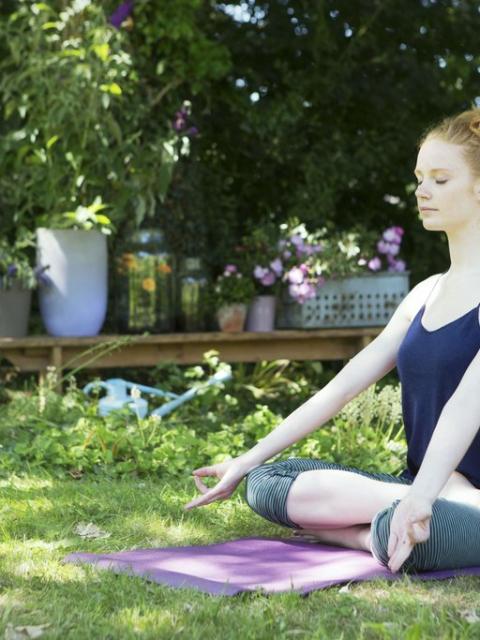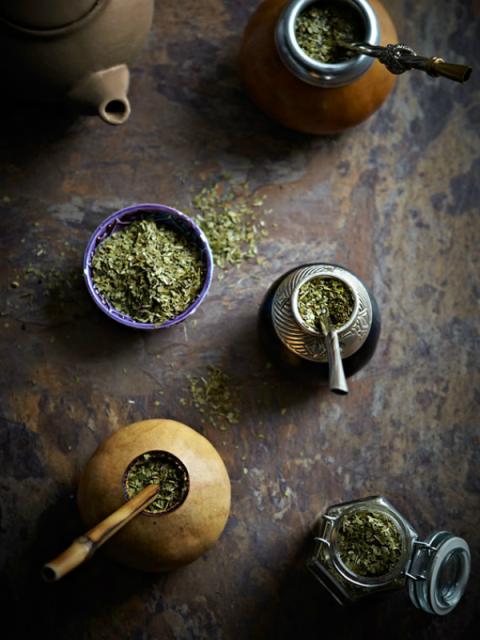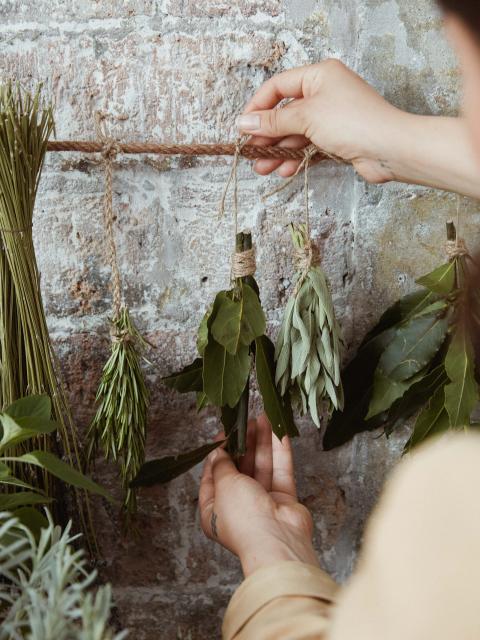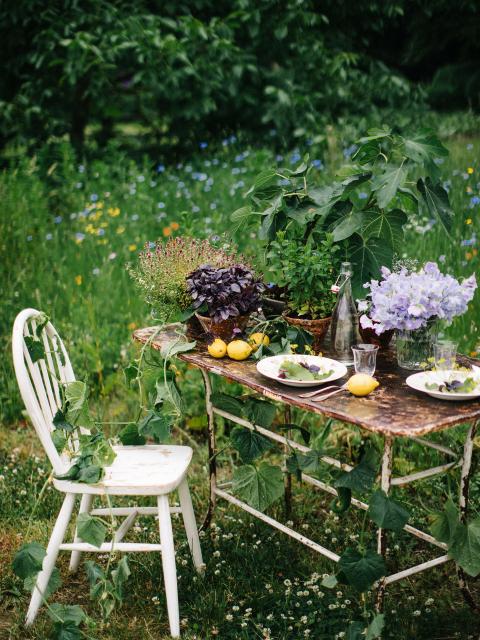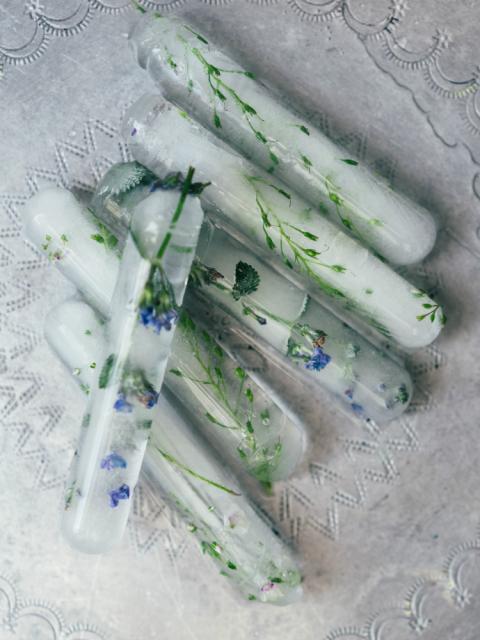Colours and shapes
Thyme (scientific name: Thymus) is a woody herbaceous spherical shrub with fine, needle-like leaves and yellow, white or purple flowers. There is an upright species which reaches a height of 30-40 cm and a low ground-covering species. The leaves can be green, grey-green and slightly yellowish green and smell not only of thyme but also of lemon. The aromatic fragrance is released when the plant is touched, so place it alongside a path. Thyme thrives in rock gardens and is also a surprising hanging basket plant combined with other herbs.
origin
Thyme is a member of the deadnettle family, and grows in the temperate climate zones of central Asia and around the Mediterranean. There are some 350 species, of which the most frequently seen is common thyme (Thymus vulgaris). The leaves taste best just before flowering in July. Clip, dry and store in a well-sealed pot for use in your stews and on your pizzas. The scent also attracts many insects. Thyme quickly turns your garden into an amusement park for bumblebees, honey bees and butterflies.
Trivia
-
Thyme contains the substance thymol which has a calming effect on the airways and stimulates the circulation and digestion.
-
The name ‘thyme’ derives from the Greek word 'thymon' which roughly means ‘rising in a cloud’. This refers to the plant’s powerful aroma, but also the fact that thyme was burnt as an offering when it gives off an incense-like smell.
-
In Europe thyme particularly spread from southern monastery herb gardens northwards.
-
The herb symbolises courage: knights were given a sprig of thyme by their ladies when they set off on another adventure.






